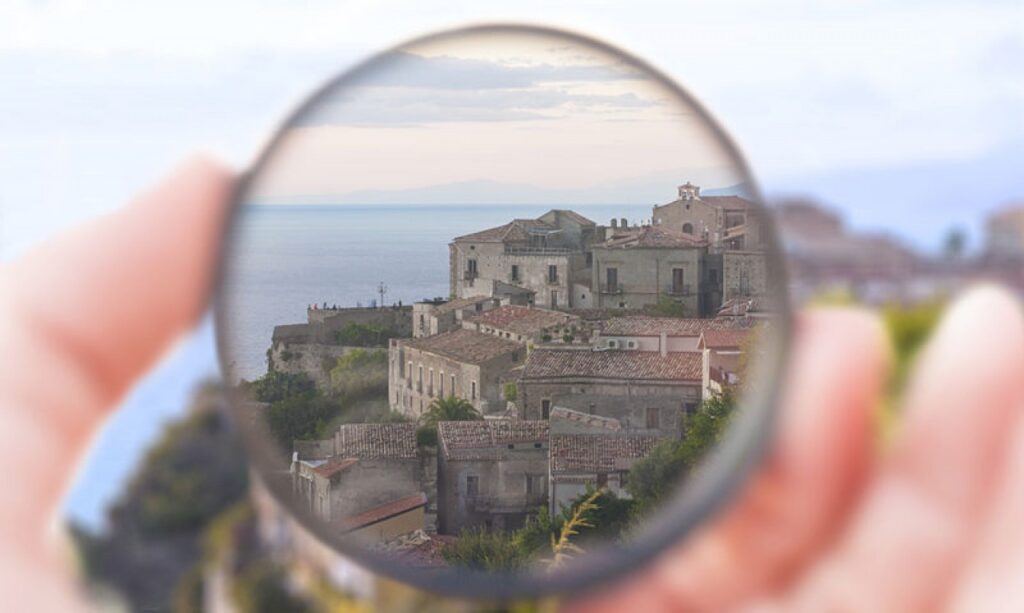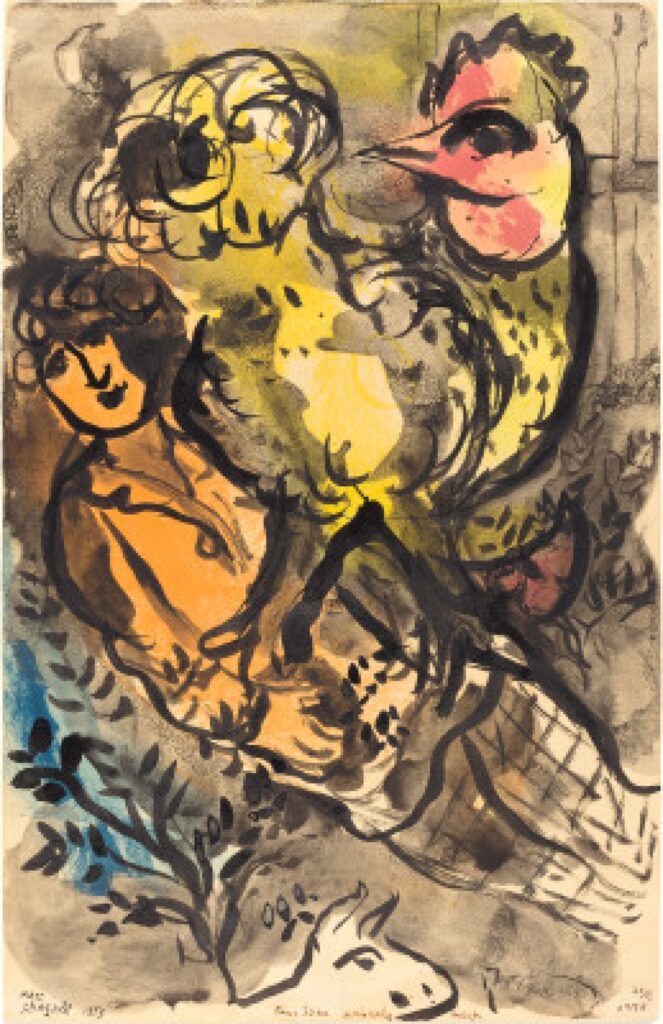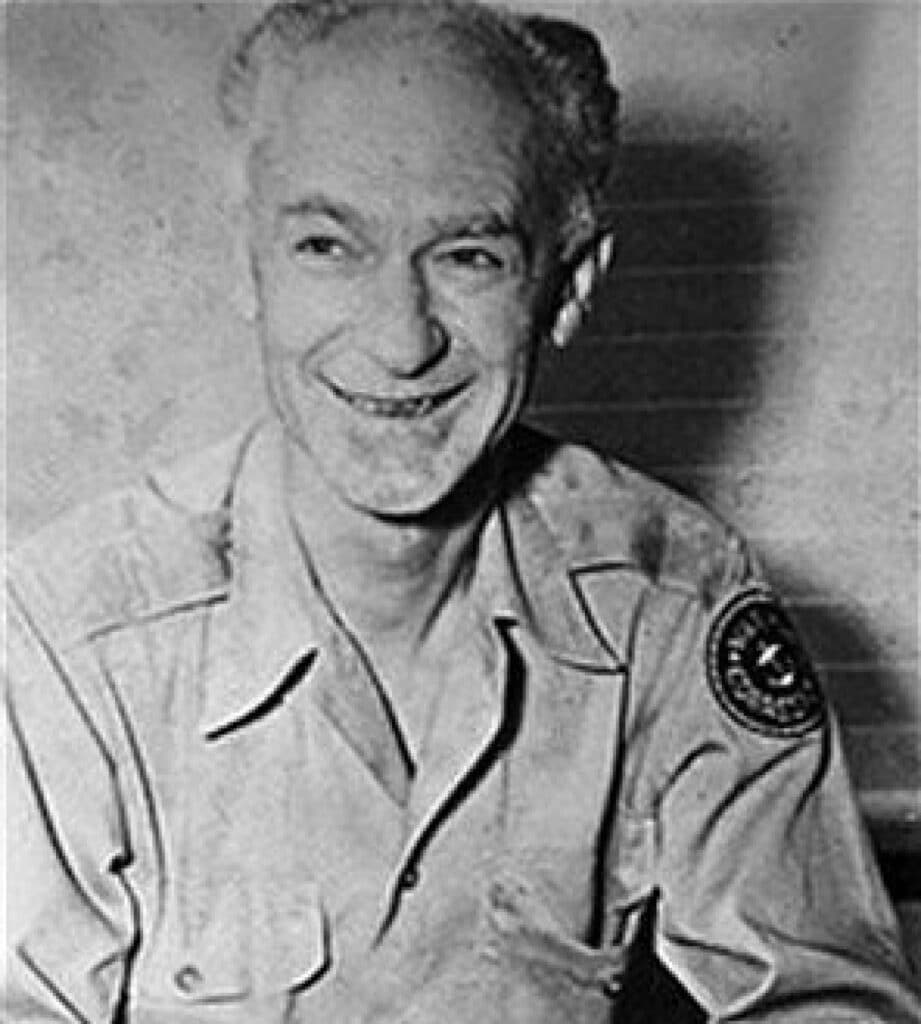(Hint: There are Many Ways)
Opening Questions
What is different about writing a college paper about a work of narrative journalism–if anything? What elements can or should be included? How much does the objective of the course affect what you “read for,” and therefore write about? When and where do you write about the “how” of a work of long-form journalism–its style, its use of different genre templates or modes, how it was researched and reported, and so on–and when and where do you pause and assess it? That is, where and how do you write about “how well” a journalist has done their job?

Naturally, there are any number of ways one might write a college paper on Narrative Journalism or reportage. So, quite often, the first thing I say to students (especially to Humanities majors) is “relax!!–the paper isn’t so different from ones you’ve written before.” That is, essentially this kind of paper assignment rewards the things that college assignments often do: close attention to detail (and to specific passages in what you read); a good sense of the structure of the text at hand; a clear development in the course of your paper’s analysis, so your reader can see “the steps” in your thinking.
Course Topics and Expectations
Good papers, meanwhile, can be written about just one or two dimensions of works of reportage–you don’t have to cover everything. For example, perhaps if you were writing a paper for a workshop on how to write feature articles, you might focus on the reporting techniques; perhaps if you were writing for a “history of journalism” course, you’d put the text in context, trying to show, for example, how a journalist’s views of poverty or crime or war were shaped by their historical era. If you were writing on a journalistic text for a sociology course, you might “read for” how well it interprets social class, or race, and so forth. You might, in any number of these instances, write a comparative paper, looking at how your journalist’s text stacks up against other authorities you might have read. You might look into interviews the author has given, and try to connect their objectives with the text actually produced. And so on.
Any one of those approaches might well supplement the kind of approach to paper writing about narrative journalism I myself am emphasizing, below–that is, you might seek out an interview, look up statistics on your subject, draw upon a sociologist’s definition of a given category, place an historical frame around your paper–and so on. (Indeed, don’t underestimate the usefulness of going out and reading a more conventional or straight news piece, say from Lexis-Nexis, about the topic your journalists is writing on.)
What Kind of Paper Do I Look for?
What’s “different,” then, about the kind of paper I’m typically asking my students to write? Well, that is indicated partly in the dimensions of reading discussed in Chapters 1 and 2. But even that length explanation, I’ll admit, can be a little complicated. So how would I boil it down?
In brief, in my courses, the essential approach I recommend that my students should take comes down to the following: you are usually trying to assess how and how well a work of journalism works. (I’ll break down these elements into separate parts, below).
But here’s an important caveat: in many instances, the one theme I insist upon is that you can’t know what the objectives of a work of narrative journalism are until you’ve actually read the work. That may seem a little obvious, but it really isn’t. My main point here is that you shouldn’t come into a given piece of reportage–say, a variety of war correspondence–with a “pre-set” list of expectations that you think all such pieces of war reporting should accomplish. If you do, you’ll quickly be disappointed. There are, in fact, dozens of different kinds of war correspondence: some do, of course, focus on the experience of soldiers in battle; some, however, choose to focus instead on the political or military aims of the war as a whole–in other words, how a war plan is “executed,” or not. Some forms, in addition, can do “profiles” of certain officers; some write about side-lights of the war; some, very importantly, write about the home front. So what I’m always saying to my students is: read the piece first, and try to “come to terms” with what the apparent objectives of the piece were. Did the reporter want to show us what it feels like to be a child in poverty? connect poverty to misplaced political priorities? change our sense of why poverty persists? Once you figure that out, your compass is set–and you can then proceed to what I have called the “how and the “how well.”
By “how” I mean you should provide a close, detailed account of how
- the journalist’s reporting technique and legwork, and
- their style and the “story-form” chosen,
- affected/ shaped/ provided dimensionality to their interpretation of the (news) event they writing about.
And secondly, I ask that a student’s paper should include–often conclude– with an approach to the question of “how well” the journalist’s task is executed.
One consequence of those two ideas, as I’ve suggested, is that you really have to start by figuring out what the objectives of a given work of narrative journalism seem to have been. That is, after you’ve read the piece, stop for a minute to figure out the aims of the report. Other than providing information on a given topic–say, poverty or war or the experience of migrants–try to figure out what angle the writer was taking. What about, say, poverty or migration or sexuality was the writer trying to get at? Sometimes it helps, as well, to think about what audiences might have expected such a work to do. What is the public issue framing or implicit in the work of reportage–what did readers want to know?
Once you’ve answered those questions, start to ask these follow-ups, as a way to get at the question of “how” a reporter went about their work. For instance:
- does the literary form seem to “fit” the content, illuminate it, create different meanings for it? (If, for instance, a writer seemed to want to get at the private, psychological effects of the migration experience, how did the form of the piece provide access to that inner experience? Or, if the idea was to show the political responses to or effects of migration–where and how was that addressed?)
- are there “on-the-ground” conditions that might have shaped, limited, or prohibited certain kinds of journalistic approaches or methods?
- can you speculate about what is or isn’t encompassed by the lens, and the representation, that the journalist has constructed?
- are there issues or points of view that the subjects in the story, the persons being written about, might have legitimately preferred to be represented?
If you’ll notice what I’ve done above, I’ve listed many things I’m putting a premium on, in my courses–and which correspond to the “reading in 4-D” that I’ve emphasized from the get-go on this site. In essence, in writing up your own analysis for the courses I teach, I ask my students to use the tools I’ve been covering here, to analyze and assess how and well the interpretation comes to terms with what it’s reporting on. That is, how and how well does the form and style of the piece wrap around, get in the middle of, see the subtext, of the journalistic “story” in the conventional (empiricist) sense? How well matched are the literary tools with the subject?–what did those tools reveal, cover up, “open up” more than what a more conventional “empirical” report would have? If your goal is to get to the “shape of the lens,” you have to think about what might gone into making that lens in the first place.
Some Tips about Getting Started
And in many ways, I think of the tasks above as working in a sequence: start with the objectives of the piece, move to the “how,” then to the “how well.” And as you prepare your notes, it’s a matter of moving from the reporting, to the literary technique, to the interpretation being offered by your journalist, and then to some conjectures that include the literary lens, subject experience and perspective, and so forth. You’re trying to show, in effect, how seamlessly these things fit together–or, if you like, where some of the “seams” start showing up, where some of the gaps or discontinuities start to emerge when you think about these four dimensions. So, in essence, the sequence I’m suggesting helps you move, as it were, from the “how” to the “how well.”
Moreover, when you’re starting to think about the “story form” dimension as part of your planning, sometimes what I say to you is “forget that it’s a work of journalism for a while.” That is, you can often start out by thinking about it as if it were a novel or a short story–and thus do the things you would customarily do: think about point of view; track the imagery or dramatic structure; look for parallelism, or rich moments where consciousness is rendered, interpretive commentary intrudes on the text, and so forth. Or, think about the relationship of setting to the time framework of what you read: what are the chronological boundaries of time in this narrative? when are flashbacks used, or where is retrospection especially powerful or important. And, as in many a “formalist” analysis, try to figure out how these things add up into an organic whole–or, if you like, where they don’t, where gaps or contradictions seem to emerge in the form.
Some More Slightly Specialized Terms
I should say, as well, that my courses often try to develop a few practical terms for getting at the particular dimensions of narrative journalism. For instance, by “reporting technique,” I will commonly talk with my students about the importance of the following:
It’s sometimes worthwhile to begin tracking the reporter’s footprints. By “the footprints,” I simply mean: follow the journalist’s feet, or what is more conventionally called the “legwork” in putting the story together. Where did the writer place his own identity in the story, as it was happening or when reporting it?–when did the writer arrive, at what point in the story? Where did the reporter go? To whom did they speak?
From there, you can usually start to derive some ideas about the patterns in the journalist’s research. What was the access point that shaped the way the journalist entered into or saw the story? And where were the gaps? And what restrictions in the field of the story made some of these choices inevitable, necessary, or– impossible? Or, you’ll find me asking: what are the ‘on the ground conditions” that shape how something can or can’t be reported? You may often find yourself having to speculate about, or infer, where the writer got their information. But it’s still important to trace the footprints as thoroughly as you can.
Then, think about subject issues. How did the journalist establish trust (or some other kind of relationship) with the actors in the story? Did the reporter try to provide an “intimate,” up close reading experience, or was more distance created? Who are the main sources, and who becomes, as it were, the “protagonist” of the story? Could there have been other characters who might have been the “main” figures?

View URL
When you begin to talk about the style and the story-form, or what I think of as the “writing up” phase of the journalistic process, I often add two qualities to the issues I raise above (in the paragraph about “forgetting it’s a work of journalism for a while”): what I call the reporter’s persona, and the archive behind the text.
By looking at “the journalistic persona,” in other words, you move from the material world of reporting to the textual realm–that is, to the words on the page, and the image the journalist presents of his/her own identity. One of the most central considerations I often broach in my classes is that you should recognize that the “I” of the text is not necessarily equivalent to the identity of the journalist. (Janet Malcolm has written that the relationship is a little like Clark Kent and Superman.) You would, in fact, customarily make that distinction in thinking about fiction (you’d talk about a “narrator,” for instance). So do that here: how does the writer present their identity in the text you read?

Journalists, in other words, often create a journalistic persona out of themselves. For Samuel Clemens (Mark Twain), it was the figure of the traveling “innocent” American; for William Finnegan, it is often the laid-back, informal persona of “Bill.” Barbara Ehrenreich often turns herself into a comic foil for the more serious, analytical intelligence actually in charge of her text. And you need to consider why they choose these personae: What was the reporter up to, by creating a journalistic persona? What traits can you see, what disguises?
What about this idea of thinking about the archive? Well, simply put, this is the idea that writers draw upon other writers, and books from out of their literary past, and ours. John Hersey turned to Hemingway and Thornton Wilder; Didion turns to Joseph Conrad; Emma Larkin looks for Orwell (not, we might notice, Eric Blair). We call this looking for an “archive” because it’s a little like a text or group of texts pulled out of a library–as I say in Chapter 4, it brings with it the classification techniques, and often the authority, of many books at once. Thinking along those lines can tell you a lot about how journalists use received or conventional literary styles and forms–or, as I’ve said, conventions and modes: Dickensian sentimentalism (with its appeals to the heart, to the safety of the family); “writing degree zero” modernism, with its looming absences, clipped dialogue, and oblique associations; pop forms like noir mystery; abstract methods adapted from the visual arts (surrealism, postmodernism, and more). Knowing the archive helps figure out matters of technique.
The Tricky Question of “How Well”
One final warning about the “how well” issue. Naturally, one of the things you’re often trying to figure out is how fair or fair- minded your journalist has been, how complete their story is, and so forth. But you should keep in mind that (a) on the ground conditions often affect what can and can’t be reported, and (b) journalists often consciously choose to write about part of a story, or take on a story from a partial angle. And thus, as I discuss in Chapter 1, don’t fall into the traps of (1) the false “objective”/subjective binary, or (2) of conceiving your paper as a “thumbs up” or “thumbs down” analysis, a choice that will usually oversimplify the work you’re reading. Instead, accept that the journalistic piece you’re reading is necessarily interpretive, and your goal is to see how the method and form of the piece work in relation to that interpretation– and to show what that interpretation is.
This approach often comes down to balancing of empathy and critique whenever you analyze. As with many college papers, I’m always asking my students to both get inside your journalist’s work and acquire a bit of distance on it. This is, in many instances, something like an 85-15 proposition (that is, 85% of your work is one of empathy, understanding your journalist’s methods, style, and interpretation–getting inside their brain). Only when you’ve done that can you step back, and offer critique–and you should. Indeed, the best papers often combine these two elements.
Again however, as I say throughout this site–I don’t have all the answers, by a long shot. It’s always best, of course, to check in with your own teacher or professor. Thanks.